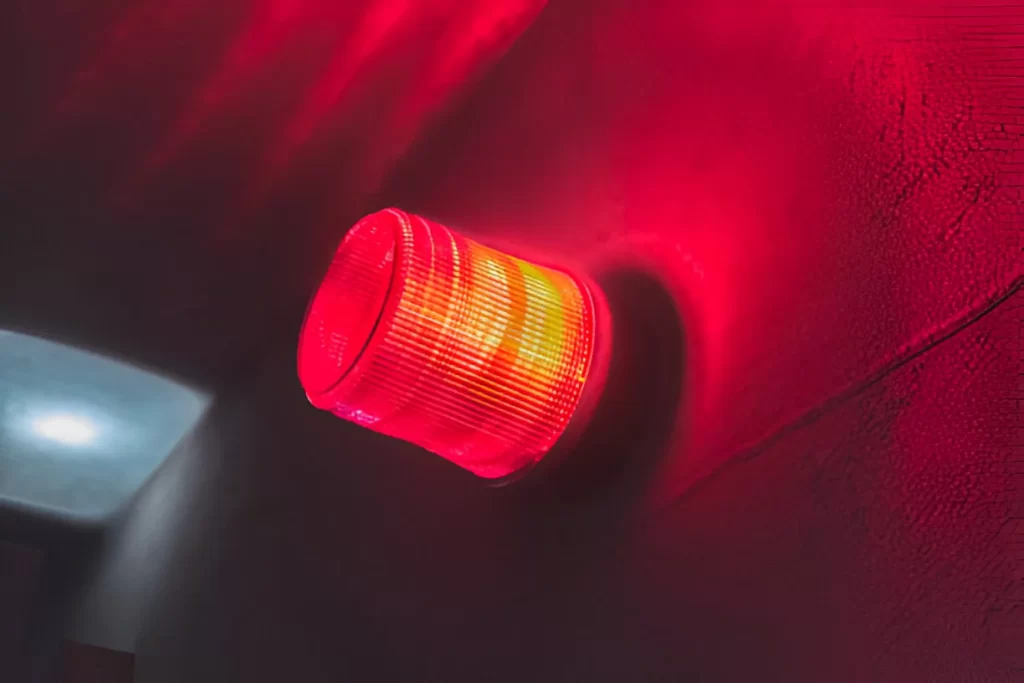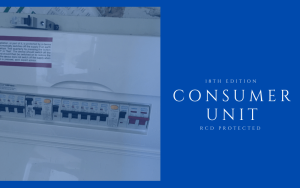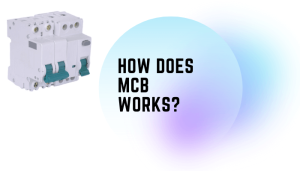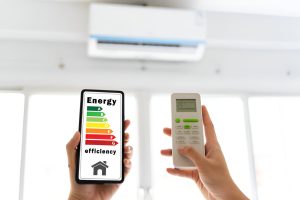If you’re responsible for building safety, you know emergency lighting isn’t just a box to tick—it’s critical for compliance and risk management. Regular emergency lighting testing ensures lights function properly during a crisis and meet legal standards like BS 5266-1. Overlooking these checks can lead to severe liabilities and compromise occupant safety. Before you establish your emergency lighting testing routine, it’s vital to understand the underlying regulations, system types, and key procedures that keep your property protected.
Key Takeaways
- Schedule monthly functional tests and annual full-duration tests in line with legal standards like BS 5266-1 and EN 1838.
- Simulate a power failure to verify emergency lighting activation, illumination duration, and battery performance during each test.
- Promptly address faults such as battery degradation, lamp failures, or wiring issues to maintain system reliability.
- Keep detailed records of all tests, faults, and corrective actions for compliance and auditing purposes.
- Train staff to conduct tests correctly and update procedures as facility layouts or occupancy risks change.
Understanding the Role of Emergency Lighting
Although normal lighting systems provide essential visibility in daily operations, emergency lighting guarantees safe evacuation and continued safety during power failures or hazardous situations.

You must recognize that emergency lighting isn’t just supplementary—it’s a critical risk control measure during a power outage. Its function is to illuminate escape routes, critical equipment, and assembly areas, reducing the risk of injury or confusion.
To maintain operational reliability, you need to assess . Battery lifespan plays a pivotal role; degraded batteries can compromise safety by shortening illumination time.
Key Regulations and Compliance Standards
When evaluating your emergency lighting systems, you must adhere to stringent regulations and compliance standards that dictate installation, maintenance, and performance parameters. Regulatory frameworks, such as BS 5266-1 and EN 1838, define the minimum requirements to ensure fire safety and occupant protection.
You’re legally obligated to conduct regular testing, maintain accurate documentation, and promptly resolve any deficiencies. Failure to comply increases liability and compromises risk mitigation measures during emergencies.
Auditors and fire authorities will assess your systems for conformity, so you should implement a robust schedule for inspections and repairs. Prioritize clear documentation—accurate records are essential in demonstrating compliance and defending your risk management strategies.
In mastering these standards, you minimize legal exposure and reinforce your commitment to life safety and regulatory excellence.
Types of Emergency Lighting Systems
How do you determine which emergency lighting system best suits your facility’s safety requirements? Your selection should reflect a risk-based analysis, considering battery lifespan and strategic fixture placement to maximize compliance and minimize hazards.
Understanding each system’s function is critical for regulatory adherence and operational integrity. Common types include:
- Maintained Systems: Operate continuously, ensuring visibility during normal and emergency conditions.
- Non-Maintained Systems: Illuminate only during power failure, conserving battery lifespan.
- Sustained Systems: Utilize separate lamps for mains and emergency, offering dual-mode flexibility.
- Central Battery Systems: Centralize power for multiple fixtures, optimizing battery maintenance and fixture placement.
Evaluate each type against your facility’s occupancy profile and critical path egress routes. Only a system tailored to your unique environment will satisfy both safety codes and risk mitigation standards.
Establishing a Testing Schedule
Because emergency lighting is a critical component of life safety systems, you must establish a rigorous testing schedule to guarantee ongoing compliance with regulatory standards and mitigate operational risks. Start by aligning your schedule with statutory requirements—typically monthly functional and annual full-duration tests.
Integrate battery maintenance into your routine, verifying charge cycles and capacity as part of each inspection. Maintain meticulous records, detailing test outcomes and corrective actions, to demonstrate due diligence during regulatory audits.
Prioritize staff training; ensure personnel can execute and document tests accurately, recognizing early indicators of system failure. Regularly review your schedule for adequacy, considering facility changes, occupancy rates, and historical fault patterns.
A structured, risk-based approach to scheduling reinforces resilience and upholds your duty of care.
Step-by-Step Testing Procedures
Before initiating testing, verify that all relevant personnel understand the specific procedures and safety protocols applicable to your facility.
Begin by isolating the emergency lighting circuit to simulate a power failure, ensuring the luminaires activate as intended.
Use this opportunity to assess battery maintenance—record charge levels, examine for corrosion, and confirm that replacement intervals align with manufacturer guidelines.
Power supply testing is critical; validate that each unit sustains illumination for the required duration under load.
Document all outcomes in compliance with regulatory mandates.
For rigorous results:
- Isolate the normal power source, observing immediate emergency light response.
- Inspect and test each battery, recording voltage and physical condition.
- Time the luminaires to guarantee operation meets statutory minimums.
- Log all findings, noting deficiencies for corrective action planning.
Common Issues and How to Address Them
Although robust emergency lighting systems are designed for reliability, recurring issues can compromise compliance and occupant safety if left unaddressed. Battery failure remains the most prevalent problem; without a fully charged, operational battery, luminaires won’t function during power loss. Routinely check battery terminals for corrosion, verify charge cycles, and test capacity under load.
Inconsistent illumination is another critical risk, often caused by aging lamps or faulty control gear. Confirm that all fittings achieve the required lux levels specified in EN 1838 and other relevant codes. Address voltage drops and wiring faults promptly, as these can cause uneven lighting.
Replace defective components immediately to prevent non-compliance. By proactively identifying and remedying these issues, you’ll safeguard both legal conformity and occupant life safety.
Maintaining Records and Documentation
Systematic resolution of emergency lighting faults must be paired with thorough recordkeeping to demonstrate ongoing compliance. Effective record keeping isn’t just a best practice—it’s a regulatory imperative, helping you substantiate maintenance, testing, and remedial actions.
You should implement a robust documentation management strategy to make certain you capture and retain all required information. Exhaustive and accessible records allow for rapid risk assessment and facilitate regulatory inspections or audits.
Ensure your documentation covers:
- Test dates and times, with details of each system component checked
- Identification and resolution of all detected faults
- Signatures or credentials of responsible personnel
- Proof of corrective actions and retesting outcomes
Frequently Asked Questions
Who Is Qualified to Carry Out Emergency Lighting Testing?
You should guarantee that anyone conducting emergency lighting testing meets certification requirements and adheres to training standards. Only qualified personnel, knowledgeable in regulatory codes and risk assessment, can competently verify system performance, safety compliance, and effective emergency illumination during power failures.
How Do I Choose the Right Replacement Parts for Emergency Lights?
When selecting replacement parts for emergency lights, you must verify manufacturer specifications, conduct compatibility testing, and document compliance with relevant standards. Assess risks of improper fit or function, ensuring parts maintain system integrity and support regulatory requirements for safety.
What Are the Costs Associated With Professional Emergency Lighting Testing?
You’ll face installation costs for new systems and ongoing maintenance fees for regular professional emergency lighting testing. These expenses guarantee compliance with safety regulations, minimize liability risks, and verify that your emergency lighting functions reliably during critical incidents.










